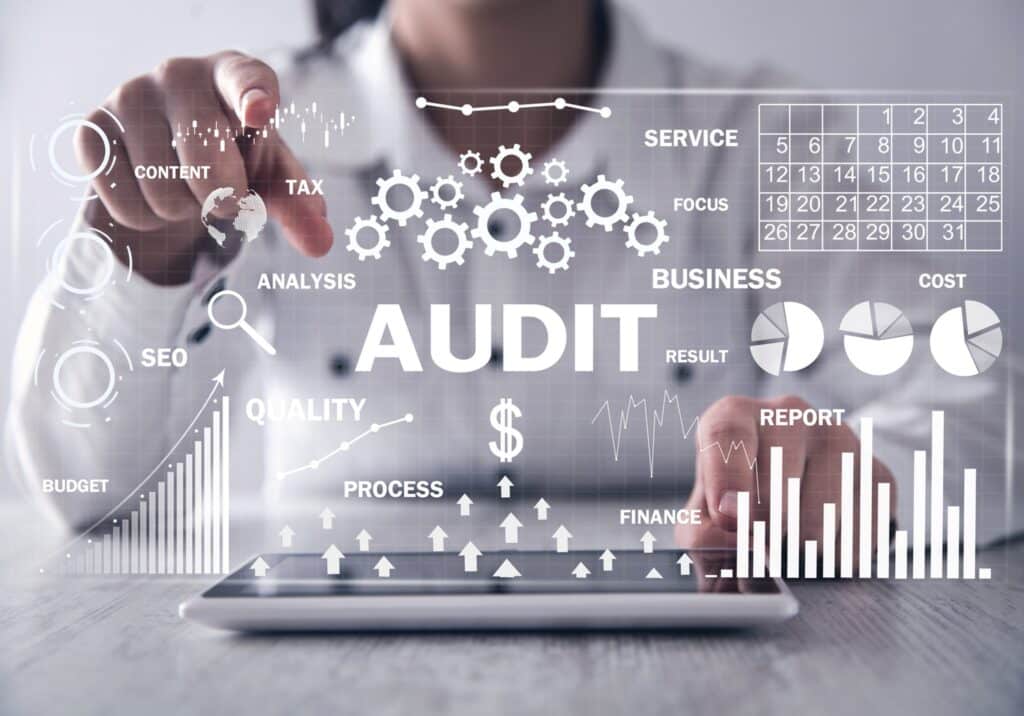Effective audit scheduling is a fundamental aspect of ISO compliance. An organized and well-thought-out audit schedule not only ensures the smooth operation of ISO management systems but also contributes to continuous improvement, risk management, and organizational efficiency.
Why Audit Scheduling Matters
An audit schedule provides a clear framework for when audits should take place, who will be involved, and what areas will be reviewed. Without a proper schedule, audits can be delayed, skipped, or poorly coordinated, leading to compliance issues, missed opportunities for improvement, operational inefficiencies, and even legal or regulatory risks. Audit Scheduling Audit Scheduling Audit Scheduling.
One of the primary reasons audit scheduling is critical is that ISO standards often require organizations to carry out audits at specific intervals. These audits, whether internal or external, assess compliance with the standards, evaluate risks, and identify areas that need urgent attention. Without an established audit schedule, it’s easy to fall behind on these crucial essential checks.
Steps to Build a Successful Audit Schedule
1. Identify Audit Frequency and Scope
Begin by reviewing the specific ISO requirements for the audits relevant to your organization. For example, ISO 9001 calls for internal audits to be conducted regularly, but the exact frequency may depend on the size and complexity of your operations. Consider what aspects of your operations require more frequent audits and which ones can be audited at longer intervals. Tailor the frequency and scope to meet both ISO requirements and business needs.
2. Allocate Resources Effectively
An audit schedule is only effective if the right resources are in place. This means not only assigning auditors with the proper expertise but also ensuring that audit teams have enough time to carry out the audits properly. Balance your audit schedule so that audits are spaced out and don’t overwhelm your teams or disrupt regular operations.
3. Ensure Stakeholder Involvement
Make sure that all relevant stakeholders are informed about the audit schedule well in advance. This includes key team members who may need to prepare for audits, such as department heads, process owners, or compliance managers. Providing them with enough notice allows them to ensure that the necessary documentation is in place, and that their teams are ready for the audit.
4. Utilize Tools for Scheduling and Tracking
Managing an audit schedule manually with spreadsheets or paper calendars can lead to inefficiency and errors. Leveraging audit scheduling software can significantly streamline the process, helping you track deadlines, assign auditors, and maintain visibility over the schedule. Automated reminders and updates make it easier to stay on top of audit commitments and avoid missing critical deadlines.
5. Monitor and Adjust the Schedule as Needed
Flexibility is crucial when it comes to auditing. Situations like unexpected business changes or emergencies might require you to adjust your audit schedule. Regularly review the audit schedule and assess whether adjustments need to be made. Periodically evaluate the audit process and ensure it remains aligned with both ISO requirements and your organization’s evolving needs.
Challenges and Solutions
Common challenges when creating an audit schedule include misaligned priorities, auditor availability, overlapping audit activities, and resource constraints. These issues can be mitigated by setting realistic timelines, ensuring audit teams are well-prepared, using software tools that offer visibility and coordination, fostering strong communication among stakeholders, establishing clear roles, and regularly reviewing progress to make adjustments and prevent delays.
Conclusion
Mastering audit scheduling is a strategic approach to ensuring ISO compliance, improving risk management, and fostering an environment of continuous improvement. By following a structured and adaptable audit scheduling process, organizations can stay compliant, identify improvement opportunities, enhance operational efficiency, mitigate potential risks, and maintain high standards across their operations.

